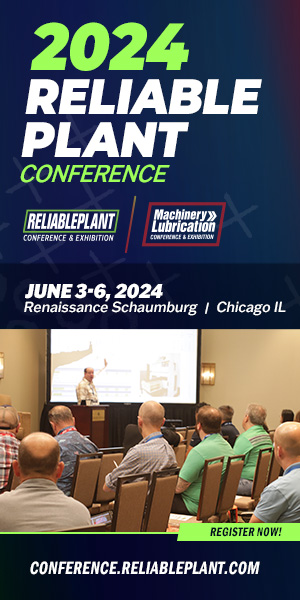Bryant Grinder, a division of Vermont Machine Tool Corporation, is celebrating 100 years in business in 2009, making it one of the oldest surviving machine tool companies in the United States.
“The really exciting thing about Bryant is we have been continuing to develop our own proprietary grinding and software technology all along and sell it to niche markets,” said company president Craig Barrett. “We have been perhaps too quiet about our successes over the years. A milestone anniversary such as this one is a perfect time to shine the light on our tremendous innovations and leadership in the grinding field.”
Bryant Grinder is credited with many “firsts” in the industry and for enhancing existing technology. For example, its very first grinder was a three-spindle model for doing ID, OD and face grinding, and considered years ahead of its time in the metalworking industry in 1909. In 1927, Bryant grinders were used to grind cylinders, connecting rods, and other parts for the Wright brothers’ Whirlwind engine, which powered Charles Lindbergh’s historic flight across the Atlantic. The Bryant motorized spindle, first designed in the 1930s, continues to be the model for other spindle manufacturers around the world. In fact, the company’s intellectual property in spindle design and development has spun off into a sister company called Bryant Spindle, which also has a comprehensive spindle repair facility for all major spindle brands.
In the 1950s, the company introduced the world’s first high frequency wheelheads and the innovative Bryant “centalign” design, which had both traverse motions of the wheel on one side, and on the same plane as the work centerline. The company received the US President’s “E” award for exports in 1963 and in 1982 received the “E Star” award, one of only 250 companies in the country to be so recognized. Bryant unveiled the world’s first CNC multi-surface grinding machine in 1979 – the Lectraline LL3. In 1980 the company developed hydrostatic ways, and the first Bryant grinder to use linear drive motors and optical encoders came on the market in 2003. Today, the company manufactures a complete line of internal, external, universal and center-hole grinders.
In celebration of its 100th anniversary, the company recently introduced a versatile universal multi-surface grinder, the LL2U-MS. Bryant’s modular design allows for various machine configurations of slides, grinding spindles, dressing spindles, tooling and fixtures. The new LL2U-MS can be configured for as many as five different grinder applications, and unlimited variations to these basic applications. Through its Bryant Spindle division, the company manufactures and remanufactures a wide range of belt-driven and high frequency spindles. The Bryant Generation II high-torque spindles run cooler and longer, and have sensing capabilities for acoustic emissions dressing, gap elimination and adaptive grind.
Bryant has shipped grinders all over the globe, serving a host of applications in aerospace, automotive, bearing, machine tool, medical, optical, rotary compressor, oil field, construction, and defense industries. The development of machines capable of meeting the strict tolerances required in out-of-round grinding applications has been only one of Bryant’s industry-leading advancements in recent years.
Bryant Grinder was purchased by Vermont Machine Tool Corporation in 2002. Since that purchase they have developed several new grinders, all with Bryant’s proven round hydrostatic way system, and using a GE Fanuc PC-based control which includes Fanuc linear drives and motors. Further, Bryant has developed Revelations, a proprietary PC-based software package which runs using only two screens, one for the programmer using flow-chart programming (patent pending), and one for the machine operator. Revelations software is Bryant’s path to the digital factory. The combination of Revelations and the Ethernet allows for complete troubleshooting and part programming assistance from Bryant’s engineering and software staff in Springfield, Vermont, limiting service calls, machine downtime and allowing many problems to be solved in minutes over the Ethernet.
“At Bryant, we believe this Ethernet connectivity is as important to manufacturing as the advent of the NC controlled machine tool,” said Barrett. “Although Bryant is a smaller company than it was 10 years ago, it still has all the core competencies and expertise to develop any grinding application to serve our customers’ needs. Our flexibility allows Bryant to lead the machine tool industry in grinding technology and developing state-of-the-art machines and software, and we plan to continue to lead the way over the next 100 years.”




